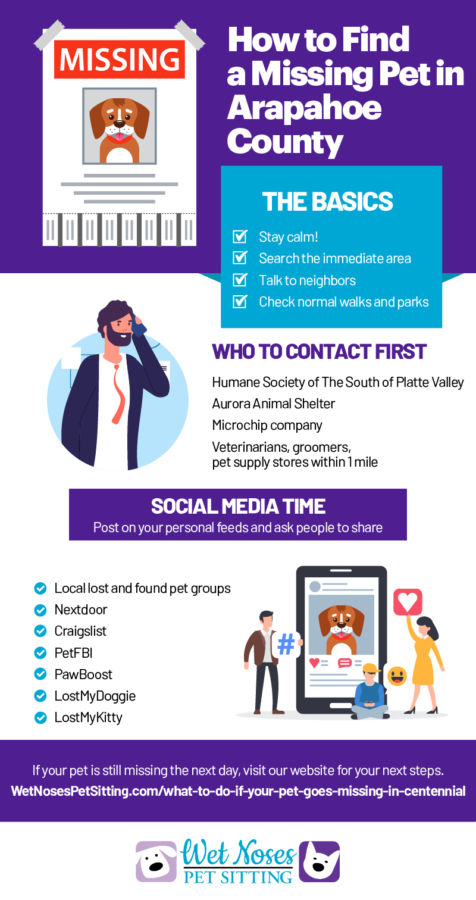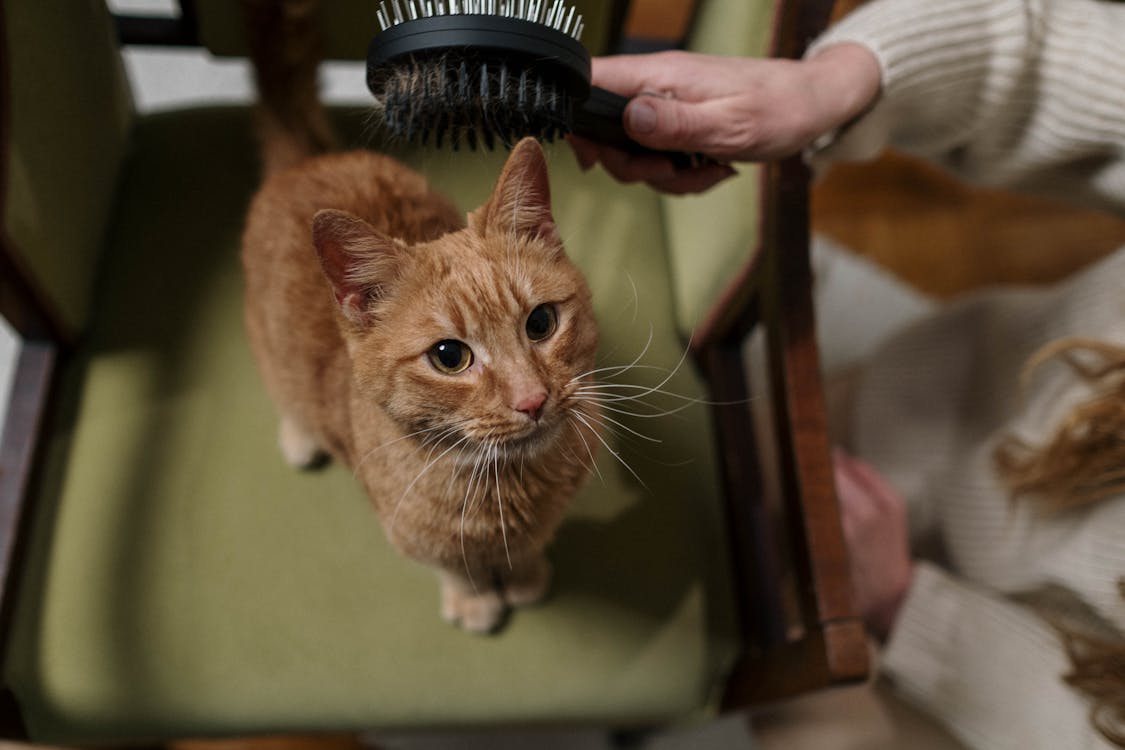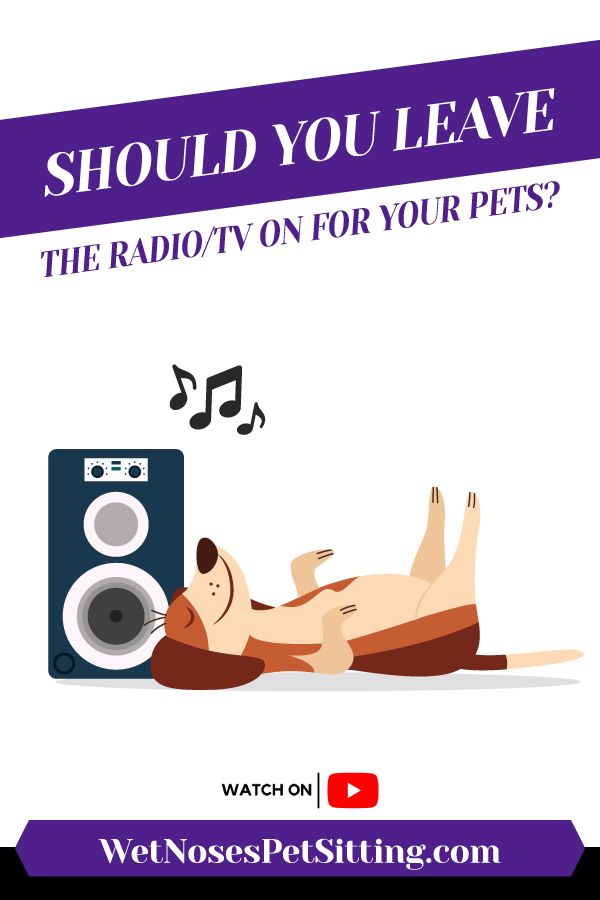What To Do If Your Pet Goes Missing in Littleton

Loosing a pet can be extremely scary, especially if you do not know where to start looking. There is a lot of information out there on how to find a missing pet, but I wanted to write something specific to Littleton, so you can just go down the checklist and get it done.
1. The Basics
For the first few minutes after a pet goes missing, you want to start with the basics.
- Do a patrol of the area to see if you find any evidence of Max
- Talk to the neighbors, especially anyone working outside, to see if they noticed Max going by
- If Max is a dog, swing by his favorite places to walk or any place for playdates to see if he went there
- Read up on How to Catch a Loose Dog for some tips if you do see him running free
2. Who to Contact First
You have done the basic search and turned up nothing. This is typically 15-30 minutes after you have realized Max is missing. Now it is time to reach out for help.
- Humane Society of The South of Platte Valley – call to speak with someone over the phone and give them a heads up that you just lost your pet. You will need to contact Animal Services to report a lost pet.
- (303) 703-2938
- 2129 W Chenango Ave, Littleton, CO 80120
- Aurora Animal Shelter – Same as the HSSPV, call to speak to animal control over the phone and give them a heads up that you just lost your pet. You will need to contact Animal Services to report a lost pet.
- (303) 326-8280
- 15750 E. 32nd Ave. Aurora, CO 80011
- If Max has a microchip, contact the company to let them know he is missing and how to reach you, just in case your information is not up to date.
- Contact any veterinarians, groomers, and pet supply stores in your immediate area (around a mile from where he went missing), in case someone picks him up and brings him in.
3. Social Media Time!
The internet is your best friend when it comes to finding a pet. Your friends and complete strangers are going to be happy to help you search the interwebs for any news of Max.
- Post on all of your personal social media networks. Include a recent picture, where and when he went missing and any directions you want people to follow, such as how to contact you, not to chase Max, Max is afraid of men, etc. Specifically ask people to share the post. If you know any people in the animal world, such as your normal dog walker or groomer, ask them to share since they have such a large reach.
- Post on these pages. There are many pages specifically dedicated to helping reunite missing pets with their people. Post on as many as you can, but start with Facebook. That is where we have had the most luck in recent years.
- Lost and Found Pets of Northern Colorado – A Facebook group that is very active and easy to post in.
- Littleton Colorado Lost & Found Pets – Another Facebook group but this one is dedicated to Littleton rather than Northern Colorado.
- Nextdoor – This is a newish system for people to coordinate with their neighborhoods on various subjects. When you post it can be seen by those directly in your area.
- Post on Denver Craigslist in the Community -> Pets section as well as Community -> Lost+Found. There is no charge to do so. Littleton does not have its own Craigslist page. Denver is the closest page.
- PetFBI – Fill out their form to add your report to their database.
- PawBoost – You can pay for upgraded service, but they list your pet for free on Facebook and in their database.
- LostMyDoggie – They post on Facebook but they also alert local shelters and rescues.
- LostMyKitty – Same thing as LostMyDoggie but dedicated to cats.
- PetKey – A smaller page, but everything helps!
- Northern Colorado Pet Lovers – A group ran by Wet Noses Pet Sitting. It’s a small group but another set of eyes always helps!
- Head out and continue looking for Max. Make sure you are able to answer the phone if someone calls! Ask your neighbors to check their garages, sheds, and yards to make sure he is not hiding there.

4. What is the Next Step?
If you are approaching evening, there are a few steps you can take, especially if Max is shy and still might be in the area.
- Double-check with any neighbors coming home to make sure they did not see him earlier in the day.
- Consider leaving your door open so Max can come in at night if he was lost from your home.
- If Max is a cat, place his litter box outside where he can smell it.
5. The Next Day
You have done all of the fast, easy options and Max has not been found. Now is time to dig in and spread the word that Max is missing.
- File a lost pet report if you have not already done so. Animals can travel surprisingly long ways and folks sometimes pick them up and take them to their local shelter, which may not be Arapahoe County.
- Post a lost pet ad in the paper. It may seem outdated, but they are still read regularly.
- Contact local breed rescues that relate to Max. For instance, if he is a Golden Retriever, contact the local Golden rescue. There are too many for me to list here, and they change regularly, so search online for one. You can also contact All Breed Rescue Network at (888) 440-6467. They keep a running list of breed rescues in the Colorado area. Sometimes breed rescues will be able to offer more suggestions or help specific to your breed.
- Print off flyers from one of the sources you used yesterday. Post flyers in veterinary hospitals, groomers, trainers, pet supply stores, the dog park, and anywhere animal-related. Many local businesses also have community boards. Start with businesses near you and increase the distance the longer Max is missing. Posting flyers on mailboxes and phone poles is illegal, although many people do it.
- Continue to update posts online. People will be wondering if you found Max and you want to keep them searching. Ask for help again and for people to keep sharing your posts.
- Talk to people in the neighborhood where Max went missing. Offer a reward for any information leading to finding him.
- If you hear of people spotting him, go to that area and search. Shy animals can be very hard to catch, especially during active times of the day when there are a lot of people around. If you believe he might be in the area, go out during quiet times in the evening or morning when he is more likely to appear. You can also look at renting a humane trap if you are sure he is there but cannot catch him.

6. DO NOT Give Up Hope
The longer you search the more discouraged you become. Keep looking! Here are a few searches I have helped with over the years for people I know:
- A small, very shy dog went missing. We tracked her to a neighborhood where kids had spotted her (we paid them to keep an eye out for her). After a few days, we were not able to find her until a kid came forward. A woman in the neighborhood had picked her up and had given her to a family member in Colorado Springs. Once confronted we were able to get her back.
- A dog ran out of his front door. The neighbors a few houses down saw him, but not not the people at the end of the block. He vanished! They continued searching and found him late that night being walked by a nice couple who lived down the street. They had been leaving earlier when they saw him run by, so they put him in the garage and then left for a few hours. They had just returned home.
- A woman’s dog had been missing for months. She sent out flyers to shelters across the country and he showed up in Fort Collins. Turned out a trucker had picked her up and driven her across 3 states before dropping her off at the local shelter!
We regularly hear stories of animals being reunited years after going missing due to their microchips. Keep that information up-to-date and continue your search!
7. Once you Find Your Pet
Congratulations! I am so excited for you and you must feel so relieved!
- Take the moment and enjoy it. Do not scold Max, he is just happy to see you!
- Plan a trip to the vet if your pet was gone for a while or appears to be injured.
- Go back and take down those flyers, lost pet reports and postings online so that everyone knows you found your fur kid.
- Return the favor and share information about missing pets for other people!































